Flying a drone from a boat is incredibly tricky and requires a decent amount of skill but the footage you can capture would truly be epic. I do not recommend this if you are a new pilot because the risk of crashing or losing your drone in the water is very high. Luckily I only crashed into ropes and it landed back on the boat. I’ll teach you how to take off and land from a boat so you can learn from my mistakes and minimize your risk.
Risks to Consider Before Flying a Drone From a Boat
Boats are cramped areas often with other people, ropes, sails, and masts; plenty of things to crash into. The trickiest part about flying a drone from a boat is taking off and landing. That’s when a crash is most likely to happen. Ensure that everyone around you is aware of your plans so they don’t accidentally run into your drone. The safety of the people around you should be your number one priority. If you don’t feel comfortable, simply don’t fly your drone off the boat.
Taking off From a Boat
First off don’t calibrate the compass on a boat. Your drone’s compass should already be calibrated and no need to do it again. Your remote will most likely give you a compass interference error but as soon as you take off and get away from the boat it will go away.
Hand launching is the safest way to get your drone in the air. The important thing to remember is to get the drone up and away as quickly as possible. If your drone has GPS it will hover in place but the problem is the boat isn’t stationary. It’s drifting in the waves and moving around, which could cause the boat to crash into your drone if you don’t get it clear ASAP.
Best practice is to launch and get clear and then let it hover to check for flight characteristics. All DJI drones have an auto take off feature. Hold the drone in one hand and then on your phone screen push the auto take off icon. The drone will take off and hover by itself, all you have to do is get it clear.
Flying Drone Around
Flying over water is no different than flying on land. The only thing you need to remember is to set the home point to your controller or keep updating your home point manually. Unfortunately with DJI drones, only the inspire has the dynamic home point feature. If your drone has to return to home and you’ve been sailing or drifting around, it will most likely return to where you aren’t anymore. That’s a quick way to lose it in the water. Even if your boat is anchored in place, be aware that drifting caused by currents or wind will be enough to knock you off the drone’s home point.
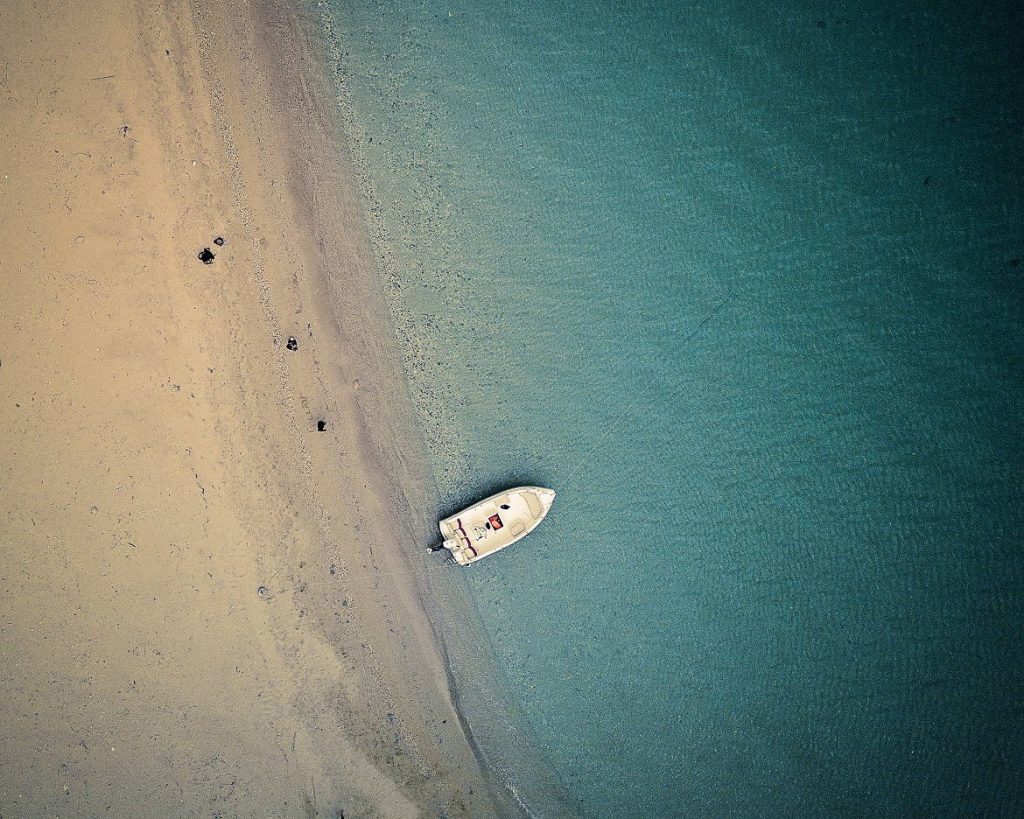
Alternatively, to help minimize your chance of your drone landing itself in the water, choose the hover option instead of return to home. If you lose signal or your app crashes, I’m talking to you fellow android users, then your drone will hover in place. It will continue to do so until it reaches low battery then it will proceed to auto land. Hopefully you can get your boat back under your drone before that happens.
Landing Drone Back on Boat
The next hardest part about flying a drone from a boat is bringing it back safely. Make sure to bring your drone back with plenty of battery life because landing is more difficult than taking off. You’ll want to make sure you have enough juice to handle anything that may pop up.
It’s going to be easier to hand catch the drone to bring it down. Hand catching can be scary at first but it’s not too difficult if you know what to do. To make your life easier you can switch the drone into sport mode. Doing so will turn off the downward facing sensors. You do this so when you grab the drone it won’t try to fly away from you because it is detecting your hand as an obstacle.
Methods to Hand Catching
There are a few ways you can hand catch your drone. Each will take some practice to perfect but choose an option you are comfortable with before flying a drone from a boat.
I like to make things harder on myself than it needs to be so this is the method I personally use. Make sure you have the controller in the other hand, once you have a grip on the drone you’re going to want to use your other hand to push the two sticks down and inward to shut the motors off. This requires a decent amount of dexterity and I suggest you practice this maneuver a few times to make sure you’re comfortable.
There are easier methods though that require less hand dexterity. Both of these methods require you to have a hand on the drone already. After you have a grip on your drone you can shut the motors off quickly by holding left stick down. Alternatively you can trick the drone into thinking it has crashed. To do this you simply grab the drone and flip it over quickly and it will shut it’s motors off.
Sometimes you don’t even need to grab your drone at all. This is perfect for smaller DJI drones such as the Mavic where the smaller size makes it harder to grab safely. You don’t even need to turn off the downward sensors using this method. You simply hover your drone within arms reach at about head height and lift your hand under the drone. Since it detects your hand as an obstacle and float up a bit. You simply hold down on the stick that controls up and down movement on your drone. The controller will tell you it has initiated landing sequence and you simply catch it as it comes down.
That’s all there is to it, it may sound easy but it’s very tricky. You should practice these techniques individually on land first until you’re comfortable then try it from a boat. I hope this has helped keep your drone safe. Let me know your experiences of flying your drone from a boat in the comments below
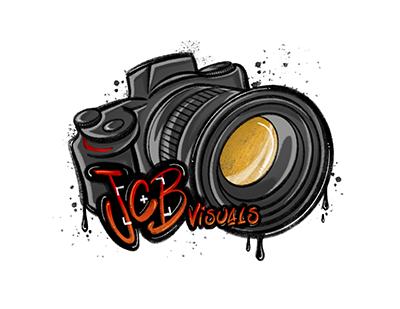
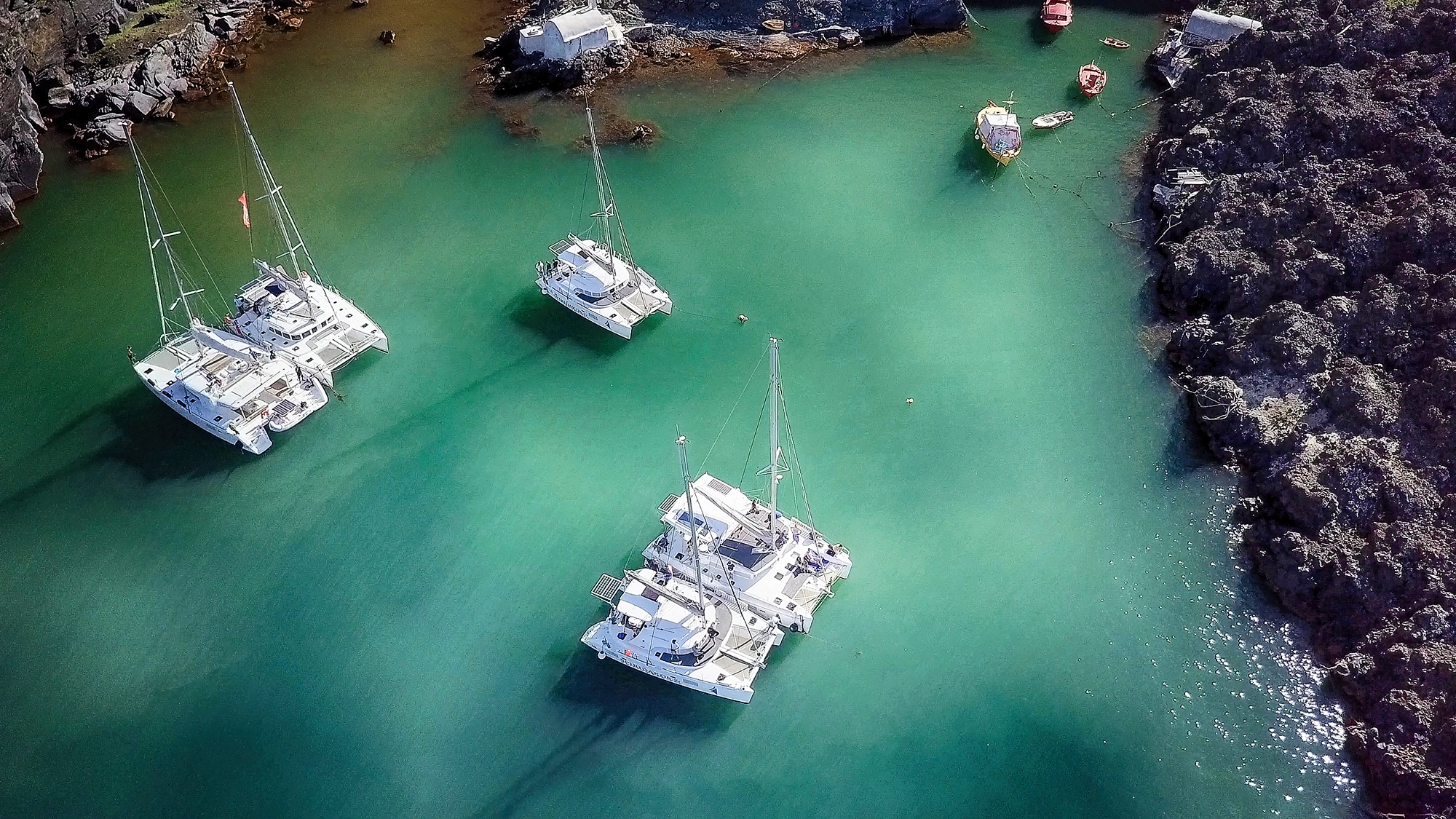
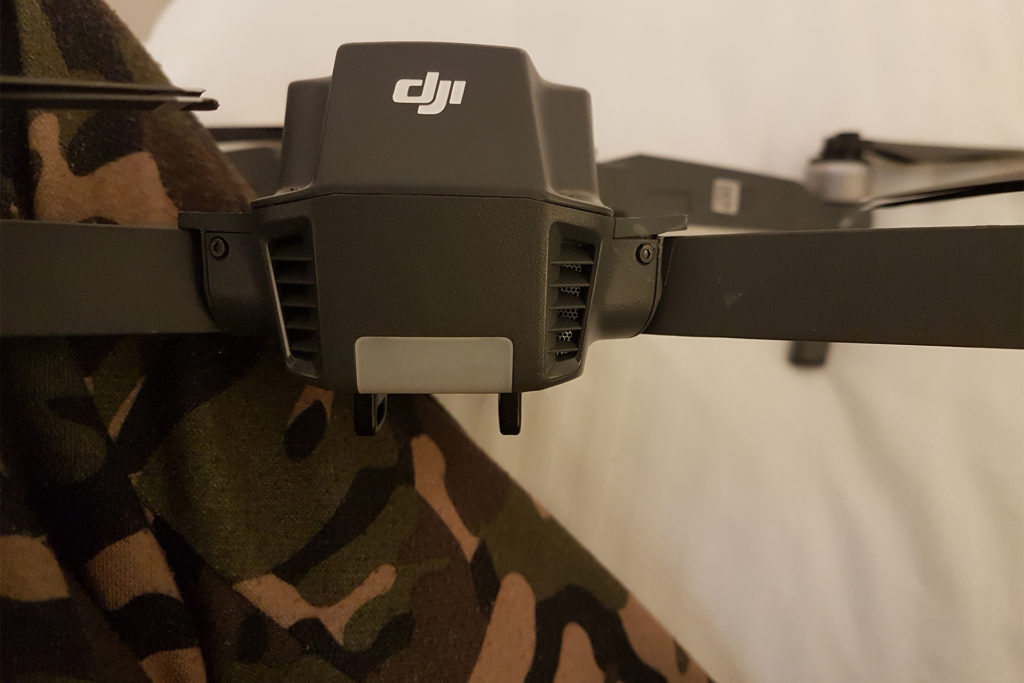

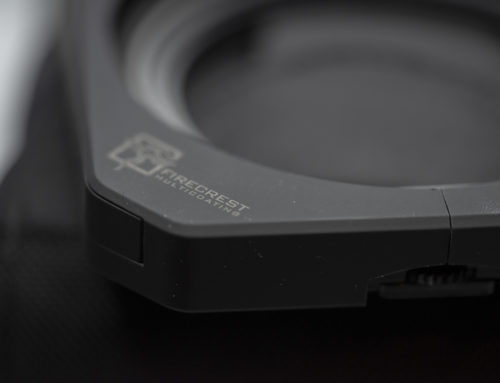
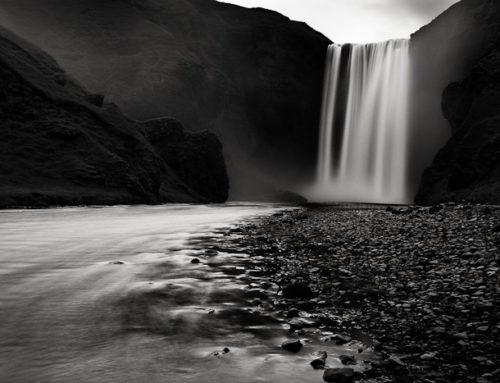


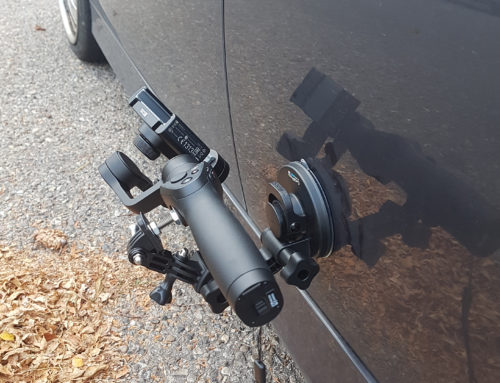

Leave A Comment